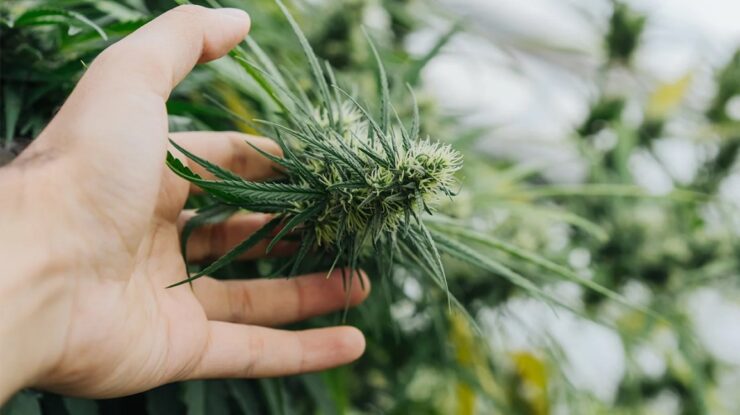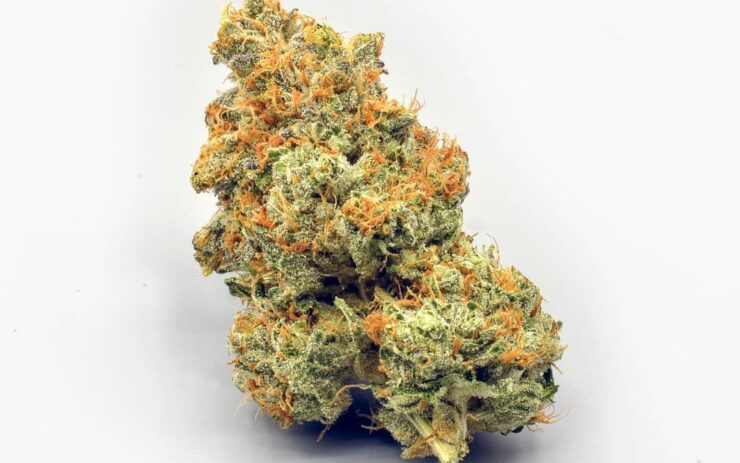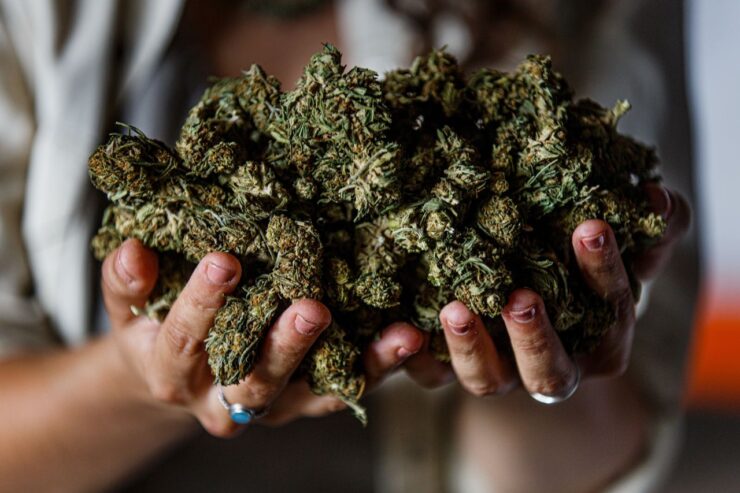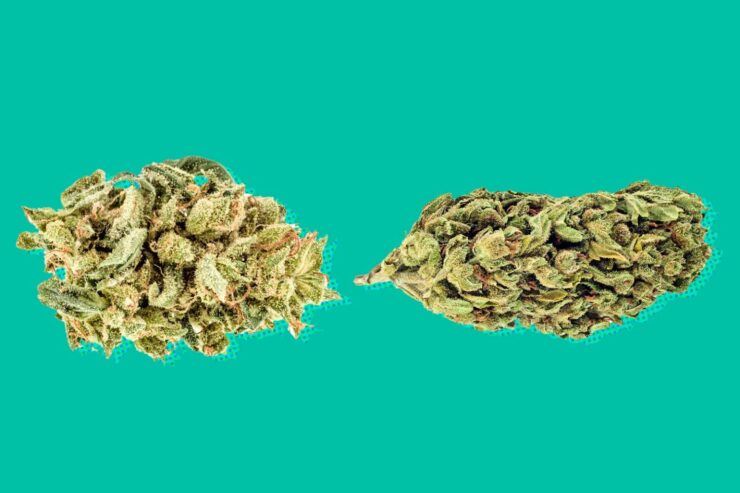In the evolving tapestry of the cannabis landscape, Sativa proudly stands as an iconic emblem. Despite its rising appeal and the potential it holds, misleading narratives and unwarranted myths have cast a shadow on its real essence. Today, let’s journey beyond hearsay, focusing on evidence, scientific insights, and firsthand accounts to truly demystify and understand Sativa’s unique place in cannabis culture.
Misconceptions Surrounding Sativa Strains

Within the realms of cannabis, myths about Sativa’s effects and characteristics abound, muddying its reputation. A prevailing notion suggests Sativa strains, often linked to higher THC levels, are overwhelmingly potent, potentially leading to heart-racing highs or paralyzing paranoia. However, delving deeper into scientific literature and empirical studies, we’re presented with a more nuanced picture. Sativa strains, though sometimes rich in THC, don’t universally guarantee heightened potency or adverse reactions. It’s a complex interplay between individual biochemistry, tolerance, and the plant’s cannabinoid profiles. Thus, labeling all Sativa strains as inherently overpowering is both an oversimplified generalization and misleading.
Understanding Sativa Cannabis
For those unfamiliar with cannabis intricacies, classifying the various strains might seem daunting. Sativa, one of the primary and renowned subspecies of Cannabis, stands out for its taller stature, elongated growth, and narrow leaves. Thriving best in warm, equatorial climates, they have a prolonged maturation cycle compared to their Indica counterparts, which are characterized by their stout, bushy appearance. But, beyond just the botany and physical attributes, it’s the distinct effect profile of Sativa Strains that captivates many which is the first thing you’ll hear at weedonlinemarketplace.com and similar shops. While Indica is known for inducing a calming bodily relaxation, Sativa is celebrated for its cerebral invigoration, mental stimulation, and energetic effect. Hybrid strains, meanwhile, strive to amalgamate the best characteristics of both.
Cannabinoids and Terpenes in Sativa Strains
The Sativa experience is often described as unique—a harmonious symphony of numerous active compounds, each playing its part. While THC dominates headlines, being the most psychoactive component, a wealth of other cannabinoids and aromatic terpenes define Sativa’s character. Some Sativa strains, for example, boast significant levels of CBD, a non-psychoactive compound praised for its vast therapeutic potential. Terpenes, like the earthy myrcene, contribute to relaxation, while the lemon-scented limonene strains a citrusy zest, known for possibly uplifting the mood. These compounds, when combined, orchestrate what is termed the ‘entourage effect’— a comprehensive, multi-faceted experience that transcends the influence of any single component.
Benefits of Sativa Strains

Beyond merely serving as a recreational delight, Sativa beckons with a myriad of holistic benefits that extend to various facets of well-being. Artists, musicians, and those in creative professions often passionately testify to Sativa’s unparalleled ability to foster innovative thinking and creative spurts. Preliminary scientific research, while still in nascent stages, also hints at possible neuroprotective benefits, potentially augmenting cognitive function and mental clarity. Marrying these firsthand experiential testimonials with emerging scientific insights paints a promising, vibrant portrait of Sativa’s potential contributions to human well-being.
Medical Applications of Sativa Cannabis
Sativa’s reach extends far beyond leisure. Its burgeoning potential as a therapeutic agent is gaining attention and validation in medical circles. The strain’s uplifting and energizing qualities might serve as a much-needed respite and balm for those grappling with the weight of depression or the gloom of persistent mood disorders. Furthermore, ADHD patients have reported noticeable enhancements in focus and a reduction in distractibility, while individuals battling chronic fatigue find Sativa’s energizing effects to be an invaluable lifeline. Although comprehensive clinical research is still growing and evolving, countless anecdotes and preliminary studies underline Sativa’s promising medical potential.
Dosage and Responsible Consumption
The discourse on cannabis, given its multifaceted nature, is incomplete without emphasizing responsible consumption and understanding individual limits. Cannabis, in all its forms, interacts uniquely with each person. One’s ideal dosage can differ widely from another’s. Thus, it’s always prudent, especially for novices, to commence with modest amounts and adjust incrementally based on personal experience and comfort. This approach is particularly pertinent with Sativa strains, known for their energizing, uplifting effects. Finding and maintaining an optimal dose ensures not only safety but also a maximally enjoyable experience.
Cultural and Historical Significance

Historically, Sativa hasn’t merely been a plant—it has woven itself integrally into the very fabric of various societies, serving roles both sacred and practical. Indigenous tribes, spanning diverse geographies, revered it for its spiritual properties and ritualistic significance. The Rastafarians in Jamaica, for instance, esteemed Sativa not just as a plant, but as a sacramental medium—a connector to higher realms and divine insights. Such deep-rooted traditions and practices underscore the cultural resonance, historical importance, and enduring legacy of Sativa across different ages and continents.
Exploring Strain Variability
The cannabis realm, and Sativa’s domain within it, is vast, varied, and remarkably diverse. Analogous to how two apples, despite shared taxonomy, might present distinct flavors, Sativa strains too can differ widely in their effects and profiles. A multitude of factors, ranging from genetic lineage, cultivation practices, environmental conditions, to even post-harvest processing techniques, play a role in determining the final product’s characteristics. Hence, relying solely on strain names or superficial classifications can be myopic and limiting. Personal exploration, complemented by guidance from knowledgeable experts and seasoned enthusiasts, can pave the way to finding the ideal strain match that resonates best with an individual’s preferences.
Sativa vs. Indica: Debunking the Dichotomy
While the Sativa-Indica classification is undoubtedly helpful, especially for newcomers seeking to navigate the vast seas of cannabis, it’s merely akin to wading in the shallow end of an expansive, deep pool. Many strains, developed through intricate breeding programs, shatter this binary mold, manifesting effects that span the spectrum and defy neat categorizations. Modern genetic testing, complemented by advanced botanical research and nuanced understanding, are progressively revealing that the historical dichotomy, though useful, might be a reductive oversimplification. Embracing this complexity, nuance, and the vast middle ground can enrich and deepen one’s cannabis journey, offering experiences that are multifaceted and profound.
Cultivation and Sustainability

In the fervor to grow and produce cannabis, there’s an undeniable environmental footprint—especially if cultivation practices remain unchecked or unsustainable. Sativa strains, with their particular needs and longer growth cycles, especially when cultivated indoors under artificial conditions, can demand significant resources—both in terms of energy and inputs. However, there’s a silver lining. The cannabis industry, in tandem with global sustainability movements, is progressively awakening to sustainable, eco-friendly cultivation practices. Techniques ranging from rainwater harvesting, soil regeneration, to integrated pest management are becoming standard. The march towards eco-friendly, sustainable cannabis cultivation is unmistakably gaining momentum. And for the environmentally conscious consumer, choosing to support such sustainable ventures can be a potent act of ecological responsibility.
Conclusion
With this comprehensive, deep-dive exploration, many layers of Sativa stand unveiled, presenting a coherent, multifaceted picture—one that celebrates its numerous benefits, acknowledges its rich, storied history, and champions the ethos of responsible, informed consumption. As with any journey, especially one into the vast terrains of cannabis, approaching Sativa with a mix of curiosity, respect, and caution can lead to revelations, enriching experiences, and truly rewarding discoveries.

